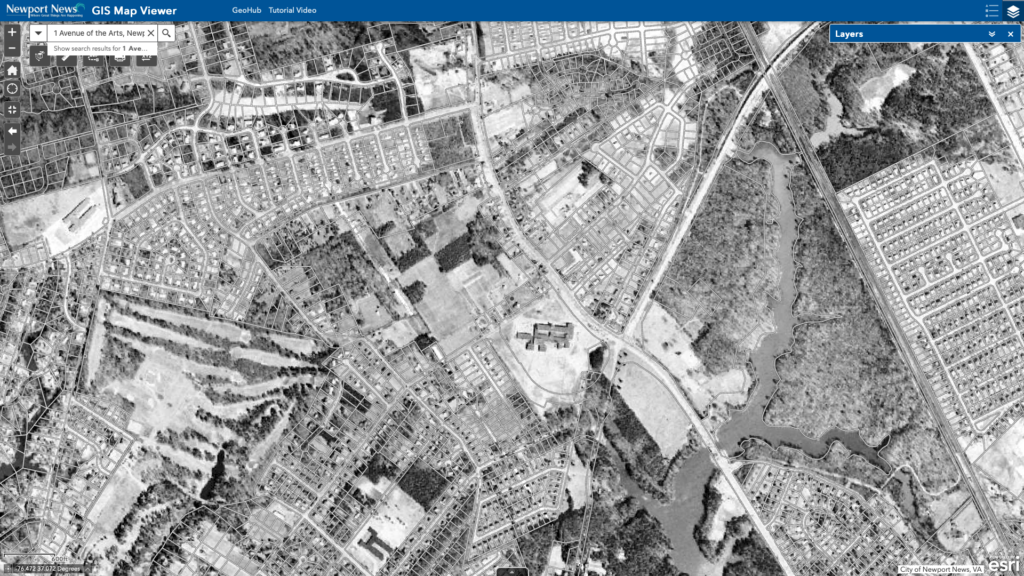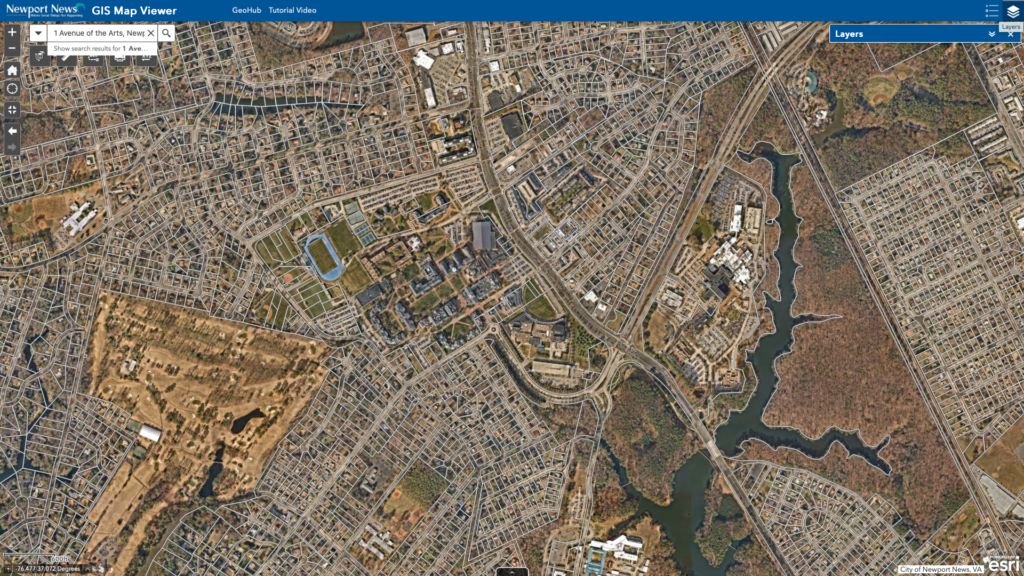More than a half-century ago, several colleges in Virginia benefited by usurping the onetime properties of Black people.
The cruel irony? Those African Americans whose homes were snatched, often legally by utilizing eminent domain, weren’t welcomed at those same universities.
Those property seizures are a stain on the commonwealth. They were racist in result – and often in intent, too, according to some published accounts. They destroyed Black middle-class communities or prevented those locales from gaining such status.
Eminent domain and Virginia institutions of higher learning
Eminent domain allows governments to take private property for public use, even if the landowners don’t want to sell. (This was far different from the vigilante terror that destroyed places like Black Wall Street in Tulsa, Okla., in 1921.)
“People saw black neighborhoods as bad neighborhoods that should be cleared,” said Dana Berliner, litigation director and senior vice president of the Institute for Justice. It’s a libertarian, nonprofit public-interest law firm based in Arlington County.
“The whole structure of how eminent domain works, and what is allowed to justify it,” Berliner told me, “is very much stacked against African American neighborhoods.”
The mid-20th century was a time when African Americans had limited options of where they could live and run businesses. Redlining, restrictive covenants and white hostility and violence crammed many Black people into ghettos. African Americans had few ways to challenge the abusive land takings because they lacked political clout in the South before the Voting Rights Act became law in 1965.
We are reminded of this sordid history about colleges in the commonwealth – or for folks like me, initially learned about it – because of two recent articles by the Virginia Center for Investigative Journalism at WHRO, a public radio station in Norfolk.
The first story covered the creation of the campus of Christopher Newport University in Newport News. The second relayed the expansions of Old Dominion University in Norfolk and the University of Virginia in Charlottesville.
The seizure of properties for what became CNU was an “egregious wrong,” Anthony Santoro, the university’s president from 1987 to 1996, told the news outlet. “Historically, the city (of Newport News) has to own up to the fact that this was a deliberate attempt to get rid of a Black community, because there were many places that the school could have been built.”
- An aerial image shows an area of Newport News in 1959 which contained a Black community that was gradually destroyed to create the campus of Christopher Newport University. (City of Newport News)
- An aerial image of the same area of present-day Newport News, where Black properties were replaced by the expanding campus. (City of Newport News)
Similar events occurred at ODU and U.Va., where the use or threat of eminent domain removed thriving areas. The former’s expansion in the 1960s and ’70s swallowed up much of the middle-class Black community of Lamberts Point in Norfolk, including houses, grocery stores and churches. The latter’s growth obliterated several Black neighborhoods in Charlottesville. Meanwhile, the city itself seized communities like Vinegar Hill, a Black section of commerce, under the banner of proposed urban renewal.
Cities and housing authorities had to prove part of a neighborhood was “blighted” to exercise eminent domain, but the level of proof was woefully low. Property owners rarely got fair value for the parcels and homes they lost. They had to move to areas without the same amenities and services. Gone was the support system that helped make their neighborhoods their own pride and joy.
Black Americans suffered disproportionately nationwide, too, from the condemnations – and not just by universities. Local and state governments often used them to build highways, K-12 schools and other public projects.
“Eminent Domain and African Americans,” a 2007 report for the Institute of Justice, found that between “1949 and 1973 … 2,532 projects were carried out in 992 cities that displaced one million people, two-thirds of them African American.” That made Blacks “five times more likely to be displaced than they should have been given their numbers in the population.” Blacks were about 12% of the population then.
That was not a coincidence.
Lasting impact, widening wealth gap
Passing real estate down to heirs is one of the key ways families accumulate wealth. The seizing of properties decades ago stunted a path to prosperity for many African Americans, who already faced the legacies of slavery, Jim Crow, lynchings and second-class citizenship designed to crush their souls.
It’s no surprise, then, that the wealth gap between whites and Blacks remains so wide today: In 2019, the median wealth of Black households in the United States was $24,100, compared with a whopping $189,100 for white households. Those figures help explain why many African Americans continue to struggle to get ahead today.
Across Virginia, eminent domain–related decisions involving capital projects have nearly obliterated memories of many Black communities:
Steven Woolf was lead author of a 2021 study titled “Deeply Rooted: History’s Lessons for Equity in Northern Virginia.” It included a section on eminent domain and the displacement of Black communities.
“We take the position [that] the majority of this was systemic racism,” said Woolf, director emeritus and senior advisor at the Virginia Commonwealth University Center on Society and Health. The study also focused on topics including education and jobs.
Next steps
Though eminent domain is still legal, “It’s not being done in the draconian way it was done [before] with the wholesale destruction of black neighborhoods,” he added. However, several U.S. policies continue to contribute to the racial wealth gap.
So what should happen now, decades after the worst abuses of eminent domain occurred?
Woolf said he and his colleagues did suggest the “R” word – reparations – for the loss of property. The study mentions a program in Evanston, Ill., that awarded $25,000 to a specific, limited number of Black households to use for home repairs or as down payments.
It’s a loaded topic. That doesn’t mean it should be ignored.
We must acknowledge the property seizures that took place throughout Virginia’s history as ugly and racist, as they indeed were. The use of eminent domain had an outsized impact on African Americans, who have constantly struggled against a stacked deck. The loss of homes and communities reversed Black progress.
Nor should the discussion end there. Justice and equity require nothing less.




